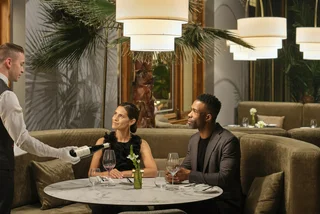Among the
associations expressing support for building a modern museum in
Prague dedicated to events of the last century are the Confederation
of Political Prisoners of the Czech Republic, Association of Former
Political Prisoners of the Czech Republic 1948–1989, Junak – Czech
Scout, Orel, Association of Private Agriculture, Post Bellum, Center
for Documentation of Totalitarian Regimes, the Prague Shoah Memorial,
People in Need, and the Society for the Preservation of the Legacy of
the Czech Resistance.














 Reading time: 3 minutes
Reading time: 3 minutes 





























